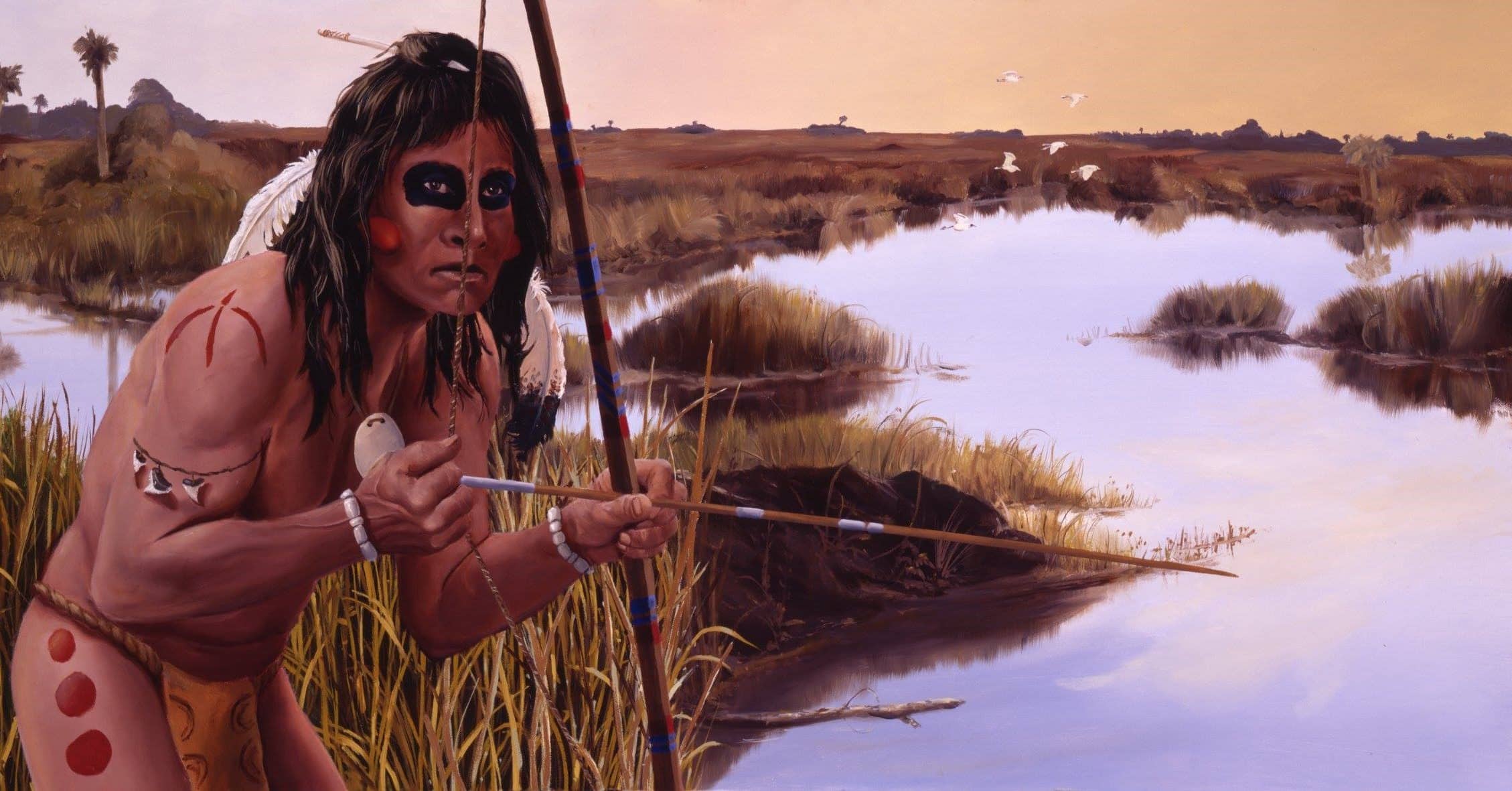
Sure, here's the introduction wrapped in
tags:
Are you ready to embark on a journey through time and explore the fascinating world of the Tequesta? These Native American people, who once thrived in South Florida, have left behind a rich legacy that continues to captivate historians, archaeologists, and culture enthusiasts to this day. In this article, we will delve into 10 intriguing facts about the Tequesta, shedding light on their customs, beliefs, and way of life. From their intricate social structure to their deep spiritual connections with nature, the Tequesta’s story is a compelling tapestry woven with resilience, tradition, and a profound reverence for their homeland. Join us as we unravel the mysteries of this ancient civilization and gain a deeper understanding of the indelible mark they have left on the cultural landscape of Florida.
Key Takeaways:
- The Tequesta were a Native American tribe who lived in small villages along the southeastern coast of Florida, known for their skilled navigation and complex social structure.
- Despite facing conflicts with European settlers, the Tequesta left behind ceremonial mounds and artifacts, and their descendants continue to preserve their rich cultural heritage in Florida.
The Tequesta were a Native American tribe.
The Tequesta were a Native American tribe who inhabited the southeastern coast of Florida. Their territory spanned from present-day Miami to Boynton Beach, and they were known for their intricate pottery and seashell tools.
They lived in small villages.
The Tequesta lived in small villages along the coastline and the banks of rivers, where they built thatched-roof huts and relied on fishing, hunting, and gathering for sustenance. These villages were often strategically positioned near water sources and fertile land.
They were skilled navigators.
The Tequesta were skilled navigators who traveled the waterways of South Florida using dugout canoes carved from cypress trees. Their expertise in seafaring allowed them to engage in trade with other indigenous groups across the region.
They had a complex social structure.
The Tequesta society was organized into clans, each with its own chief or leader. These clans formed a complex social structure that governed various aspects of their communal life, including decision-making, resource allocation, and intertribal relations.
They spoke the Tequesta language.
The Tequesta spoke a language belonging to the Tequesta-Carib language family, which was distinct from the languages spoken by neighboring tribes. Unfortunately, the Tequesta language became extinct with the decline of the tribe.
They encountered European explorers.
The Tequesta were among the first Native American groups to encounter European explorers, including Spanish conquistadors who arrived in Florida during the early 16th century. These interactions had a profound impact on the tribe and their way of life.
They faced conflicts with European settlers.
The arrival of European settlers in Florida led to conflicts with the Tequesta as their traditional lands were encroached upon. This, along with the introduction of new diseases, contributed to the decline of the Tequesta population.
They left behind ceremonial mounds.
The Tequesta left behind ceremonial mounds and artifacts that provide valuable insights into their religious and ceremonial practices. These archaeological remnants serve as a link to the rich cultural heritage of the Tequesta people.
Their descendants continue to preserve their heritage.
Despite the decline of the Tequesta as a distinct tribe, efforts are being made by their descendants and cultural advocates to preserve and celebrate the legacy of the Tequesta through various educational and cultural initiatives.
They are an integral part of Florida’s history.
The Tequesta played a significant role in shaping the cultural landscape of South Florida, and their legacy continues to resonate in the region’s history, art, and identity. The 10 Tequesta Facts provide a glimpse into the rich and diverse tapestry of Native American heritage in the United States.
Conclusion
Exploring the rich history and culture of the Tequesta people reveals a fascinating and complex civilization that thrived in South Florida. From their intricate pottery and tool-making skills to their deep spiritual connections with nature, the Tequesta left an indelible mark on the region. Their legacy lives on through archaeological discoveries and the preservation of their traditions and stories. By delving into the world of the Tequesta, we gain a deeper understanding and appreciation for the diverse tapestry of indigenous cultures that have shaped the Americas for millennia.
FAQs
Q: What does the name “Tequesta” mean?
A: The name “Tequesta” is derived from the Tequesta language and is thought to mean “the people,” reflecting their strong sense of community and identity.
Q: Where did the Tequesta people live?
A: The Tequesta inhabited the coastal areas of present-day South Florida, including the Biscayne Bay and the adjacent Miami River.
Q: What were the main aspects of Tequesta culture?
A: The Tequesta were skilled artisans, known for their intricate pottery and shell tools. They also had a deep spiritual connection with nature and practiced a complex belief system.
Q: What happened to the Tequesta people?
A: The arrival of European explorers and settlers, along with diseases and conflicts, led to the decline of the Tequesta population. Today, their descendants continue to preserve their heritage and traditions.
Was this page helpful?
Our commitment to delivering trustworthy and engaging content is at the heart of what we do. Each fact on our site is contributed by real users like you, bringing a wealth of diverse insights and information. To ensure the highest standards of accuracy and reliability, our dedicated editors meticulously review each submission. This process guarantees that the facts we share are not only fascinating but also credible. Trust in our commitment to quality and authenticity as you explore and learn with us.
